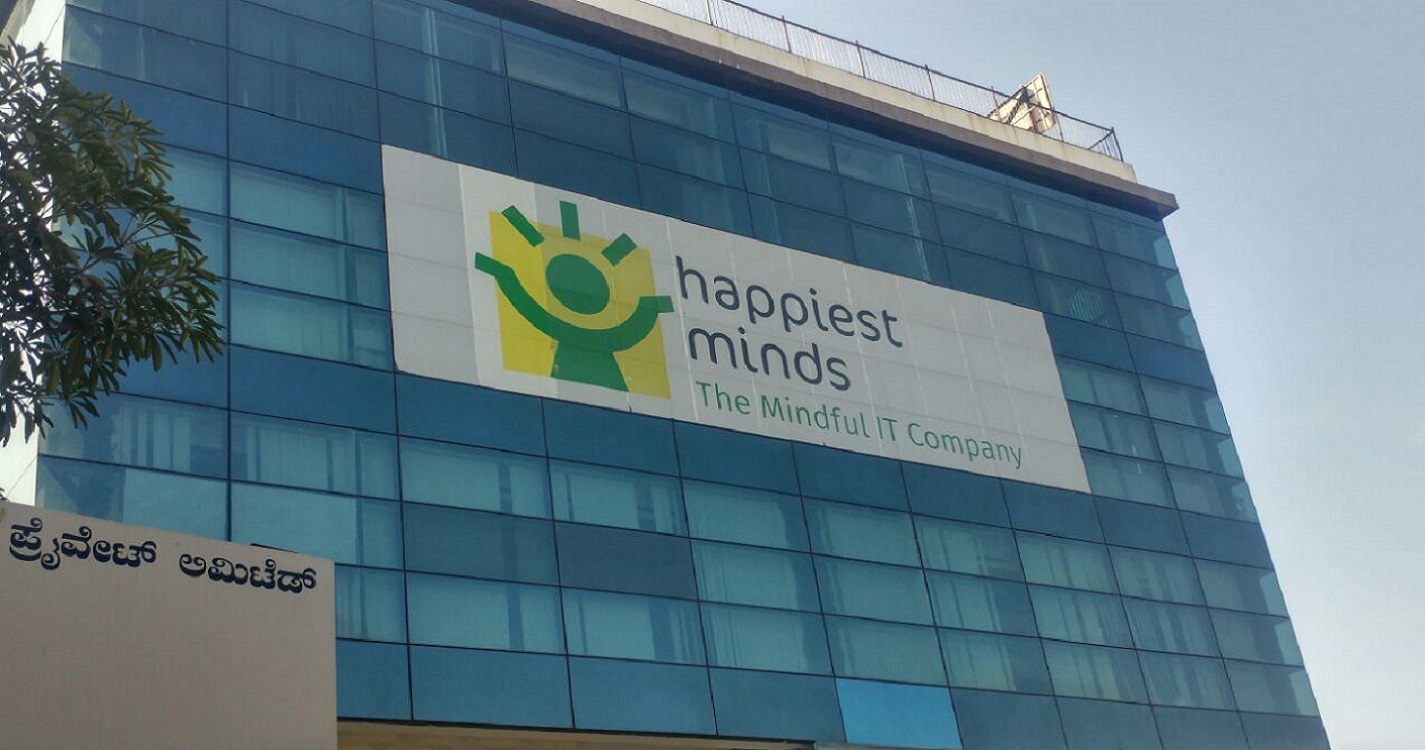
It company happiest minds’ net profit rose 8.1 percent in sequence to RS 56.34 Crore in Q1. The company, who aspires to become a $ 1 billion company in 2031, increased the revenue growth guide to 25 percent for FY23.
During the quarter, the company’s friction rate was 24.4 percent, with an additional net of 20 people for the amount of 4,188 at the end of June. The happiest mind said the upcoming wage increase would be in the range of 12-14 percent.
In an interview with MoneyControl, CEO Joseph Anantharaju and CFO Venkatraman naran service talked about where the planned company investment, what had been and had not been successful, and efforts to maintain employees. Edit quotes:
Have you ever seen a slowdown in expenditure? Do you estimate the price challenges?
Joseph Anantharaju: We have traveled a little fairly in the last 3-4 months … After the invasion of Ukraine, surge in oil prices, inflation trends and tariff increases, we want to know what the customer thinks. Except for a few examples in which companies are careful and upgraded in May and need one or two months to make decisions, most of them continue with the digital initiative they start.
There are several reports – trying to take all the initiatives or various projects they have and try to see the strategic, which will give them more money for their money. Customers also try to take advantage of the assets they already have and avoid duplicates, which they might be undergoing before. But the expenses are still there.
Venkatraman Naran Services: Our salary increases in the next quarter, it has been baked into the plan. Our current margin profile is 26.4 percent, very high and we are compatible with bigger colleagues or larger Indian IT service companies, even the best in the middle stamp. We believe we do it very well under margin, but when you see a little longer margin trend, there will be an increase in wages, we also have to invest in technology.
Even the last quarter is good because of foreign currency fluctuations. One cannot plan these things. So for now, the long-term sustainable margin rate that we see is 22-24 percent.
You previously said you invest in web 3 and metaverse. What happened so far? What other areas do you want to invest?
Anantharaju: There is a slight overlapping between several technologies that we have built the ability in – whether it is blockchain (more relevant to the web 3) or AR/VR (more relevant to Metaverse).
We have taken some of these capabilities that we have built and used it for the Web 3 and Metaverse. We have taken some vertical for each of them and began to build cases of use that we can take as a demonstration and POC [Proof of Concepts], if there may be some light platforms that we can build that we can take back to the customer – Paraleling the success we have In the IoT room about eight years ago.
At the end of the year, we hope to have a demo for at least 10 to 20 cases of use that we can bring to our customers along with the implementation that we will do for some of our customers.
What can we see in the drone technology room from the happiest mind?
Anantharaju: So far a little disappointing because 3-4 years ago when we started with Digitalsky projects … we thought there would be pickups. We did get several customers in the 2019-2020 time frame but surprising, for the past and a half years, we have not seen new customers. Our experience is that some of these technologies that come with a lot of hubbub sometimes need time to be right -to produce results and provide commercial success.
For example, blockchain. If you only leave the Crypto section, we started working on the blockchain almost 5-6 years ago. We have 2-3 customers in 2016 and 2017. But over the past five years, every year we get one or two customers. We have not seen a big increase that we think will occur, given the application of technology and the type of potential he holds. Sometimes some technologies do not take off.
Other Technology – AR/VR. Six years ago we were very excited. We think it will be more outside but once again, we get two or three customers a year and that is a good job, but does not give as much money as and they are not many customers. We must see how drones evolve.
Is there any other new technology that you plan to invest or you want to deepen your ability?
Anantharaju: One is in the security room. There are so many new aspects of cyber security itself that enters.
In AI and Analytics Space – Augmented AI, AI/ML Ops, new aspects of AI and Augmented Analytics. We see all this and build abilities, build several cases of use and maybe even some solutions to be marketed.
Another area where we started investing last year and we are very confident that we will continue to invest in the LCAP room [Low Code Application Platform]. We did see some of the movement to move to this LCAP tool for application development for some of their integration and quickly develop user experience.
RPA (Robot Process Automation) and Automation Space is that our area will continue to invest and build deeper capabilities, apart from platforms, clouds, and other areas.
Friction rose 24.4 percent and your net addition is 20. What happened and what is your recruitment view?
Anantharaju: Our campus batch will come in August and as a result, in the first quarter, we subside with employing new students because we will get a significant amount relative to our size around 250-300 people in August. We will bring it through induction and we must start using and use it.
We also want to maintain a little operational flexibility. For the current quarter, while we continue to employ aggressively depending on demand, we will use a little more partner than usual, which gives us some operational influences.
In May, the number of our employees is far higher than the number of headcounts end-kuarter net that we report. Coincidentally, we have quite a number of people who went towards the end of the quarter, which resulted in the number of clean employees who were actually reported on June 30 lower.
What steps do you see to fight friction?
Anantharaju: Starting July 1, we have encouraged people to return to the office … One of the things that really stands out is that friction in people who joined us after the post-pandemic Join us before. This number has increased as a percentage because we have grown aggressively and we have a higher friction.
One of the things we have done is we try to bring people back. We have good success. Will we like it for the better? Very. But we also did not encourage hard because of an increase in the number of cases.
This also allows us to increase the activities of the involvement of people we do to some extent in virtual mode. Doing it directly must allow us to build the connection better and return to the way we build our previous culture. We are looking for ways to improve training and initiative development of people to only give them another reason to think about living again.











